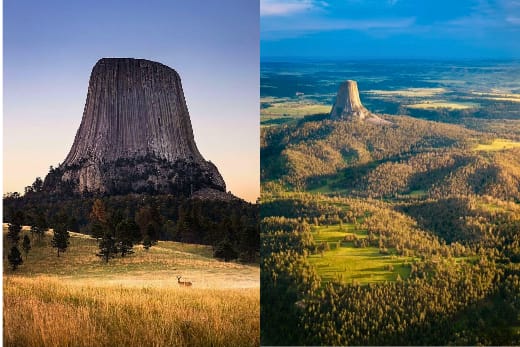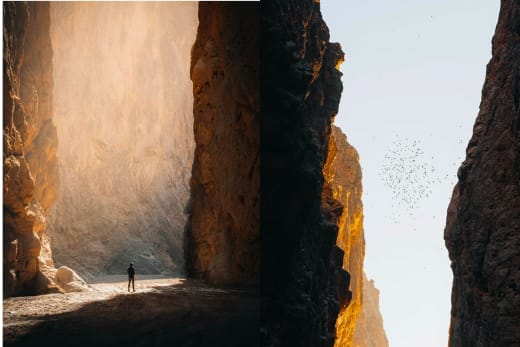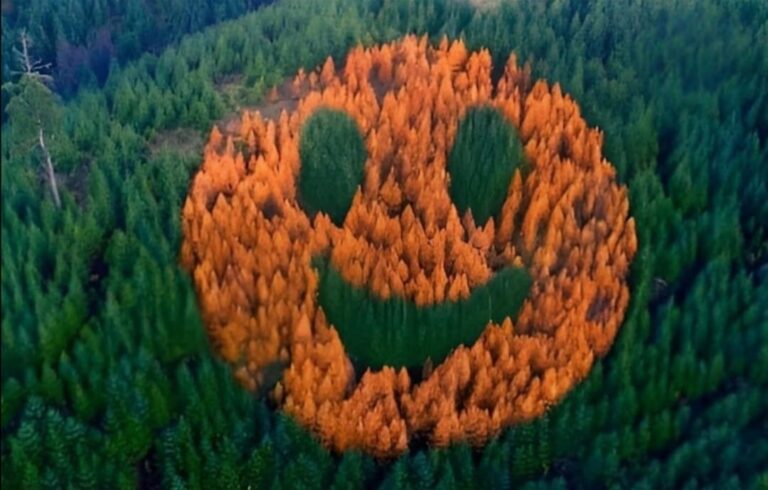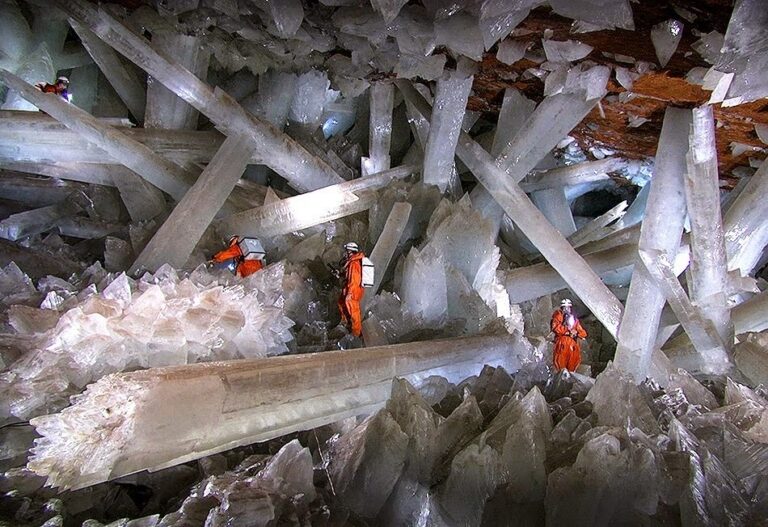High in the Western Sayan Mountains of southern Siberia lies a natural wonder that seems to defy the laws of physics — the Ergaki Hanging Stone, a massive boulder perched precariously on the edge of a mountain ledge.
Located in Ergaki Nature Park, this surreal formation has become one of Russia’s most photographed natural landmarks. Weighing several tons, the stone appears as if a slight breeze could tip it over, yet it has stood unmoved for centuries. “It’s one of those sights that makes you stop and question reality,” says Andrei Vetrov, a local guide who has led hikers to the stone for over a decade.
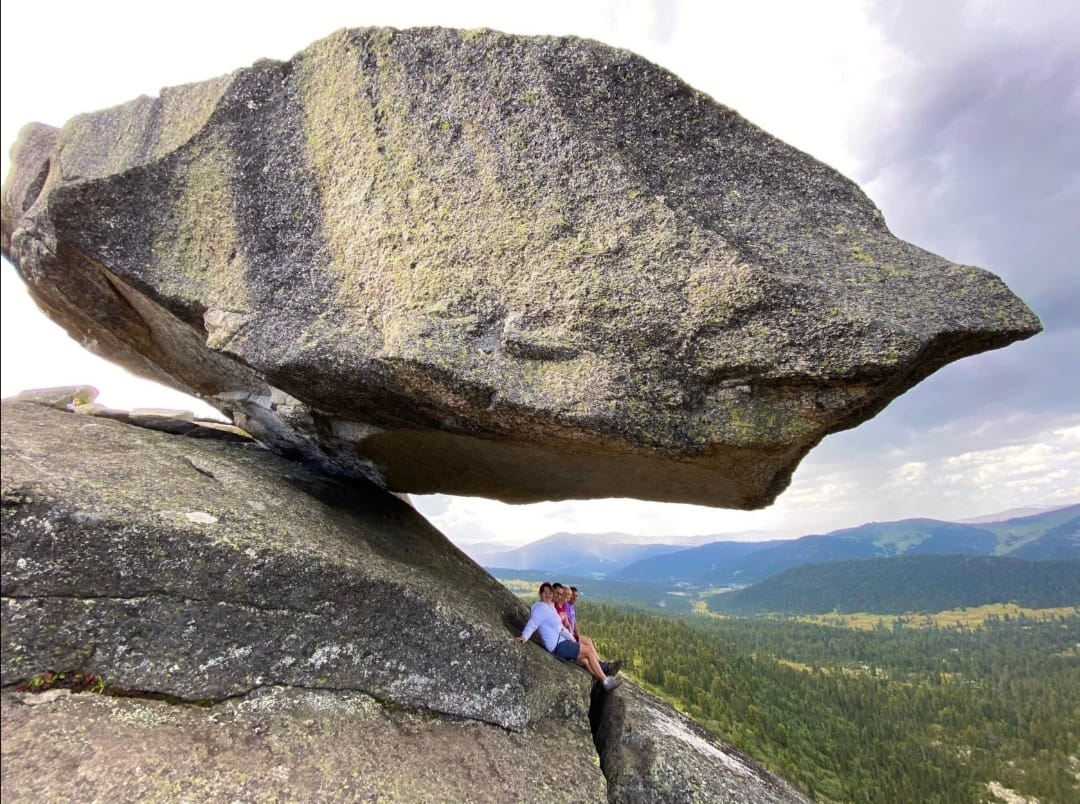
Surrounding the stone are jagged cliffs, alpine lakes, and untouched wilderness. The park itself is often compared to a Siberian Yosemite, remote, wild, and hauntingly beautiful. Visitors often refer to the region’s peaks as the ‘Sleeping Sayan’, a range whose silhouette resembles a resting warrior when viewed from afar.
Scientists believe the stone is a product of ancient glacial activity and erosion, yet its perfectly balanced position remains a geological mystery. “It’s stable,” says geologist Natalia Kuznetsova, “but no one really understands how it ended up in that exact spot.”
Though challenging to reach, the journey to the Hanging Stone is part of the magic, drawing adventurers, photographers, and nature lovers seeking awe and silence in Siberia’s raw, untouched landscape.
In a world where everything is measured and explained, the Ergaki Hanging Stone is a rare reminder of nature’s ability to surprise and hold its secrets.


